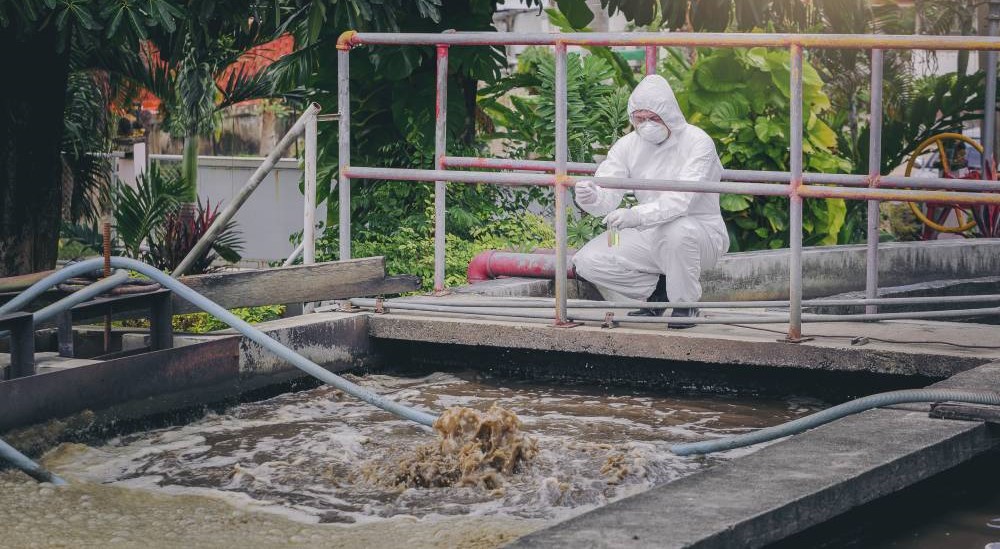After the announcement in August 2022 by the New York State Department of Health of the detection of vaccine-derived polio virus type 2 (VDPV2) in four wastewater samples and the first case of polio in the United States in nearly a decade, the Canada IHR National Focal Point reported detection of VDPV2 in two wastewater samples collected from Canada in the same month.
According to the Pan American Health Organization’s (PAHO) epidemiological update released on December 30, 2022, the virus strain was found in samples collected between August 20 and August 30 from communities connected to New York state. No suspected or confirmed cases of acute flaccid paralysis, the most common syndrome caused by polio, have been reported in the areas where the Canadian wastewater samples were taken.
In response, the Public Health Agency of Canada (PHAC) announced plans to initiate wastewater testing and surveillance for the virus. It has been nearly 30 years since Canada has reported a case of polio. The Canadian National Microbiology Laboratory, which collected the specimens in Canada, did not find any traces of the virus in wastewater samples collected between October 31 and November 9. However, the laboratory will continue to test archived samples from September and December from the targeted sites.
What is a vaccine-derived poliovirus?
A vaccine-derived poliovirus (VDPV) is a strain related to the weakened live poliovirus contained in oral polio vaccine (OPV). If allowed to circulate in under- or unimmunized populations for long enough, or replicate in an immunodeficient individual, the weakened virus can revert to a form that causes illness and paralysis.
OPV is a safe and effective vaccine that contains a combination of one, two, or three strains of live, weakened poliovirus, and is given in the form of oral drops. OPV has been instrumental in eradicating wild polioviruses in many countries because it stops the spread of the virus by inducing immunity in the gut. VDPVs emerge when not enough people are vaccinated against polio, and the weakened strain of the poliovirus from OPV spreads among under-immunized populations.
Where do vaccine-derived polioviruses (VDPVs) come from?
VDPVs can cause outbreaks in places where vaccine coverage is low. In addition, people with certain immunodeficiency disorders can shed the virus for long periods of time, during which the virus can continue to change and can infect an unvaccinated person.
According to the United States Centers for Disease Control and Prevention, Polio vaccination protects people against naturally occurring polioviruses and VDPVs. Continuing to achieve high IPV vaccination coverage is the best way to keep a country polio-free and prevent importations of the virus. In addition, access to clean water, good hand hygiene habits, modern sewage systems and wastewater management further prevent germs, including viruses like poliovirus, from spreading.







